I don’t know about you, but I’m tired of hearing the phrase “off the beaten path.” Not because I don’t think the underlying concept—exploring countries outside of their major destination—is invalid, mind you. I am very much in favor of finding hidden gems, especially in Japan!
What I’m tired of, in reality, is people mis-using this term. Within the context of Japan, for example, places like Kanazawa and Kyushu are most certainly not off the beaten track, even if they are also not part of Japan’s main tourist trail.
The good news? Having visited all 47 Japanese prefectures (most multiple times) over more than a decade, I know what Japan off the beaten path truly entails. And I’m about to share it with you, in an article that will take you less than 10 minutes to read.
Japan’s Tourist Trail and the Myth of Overtourism
Once you legitimately do start exploring Japan off beaten path, you’ll realize first and foremost that crowds and congestion are less a “Japan problem” and more a “Tokyo/Kyoto/Osaka/Hiroshima problem.” To be sure, while the exact definition of Japan’s tourist trail (or golden route, as it’s sometimes called) varies, these popular cities (along, sometimes, with Mt. Fuji and Hakone) are the usual suspects.
Now, there’s a method to this madness—even psychics online would confirm that if you seek peace, quiet and a deeper connection with yourself, you should avoid certain places at peak times. Most notably, some places are seasonally busy (I’m thinking Hokkaido’s Niseko ski resort, or the famous cherry blossoms of Mt. Yoshino), but are utterly deserted during most of the rest of the year.
True Off-the-Beaten-Path Destinations in Japan
The Sanriku Coast
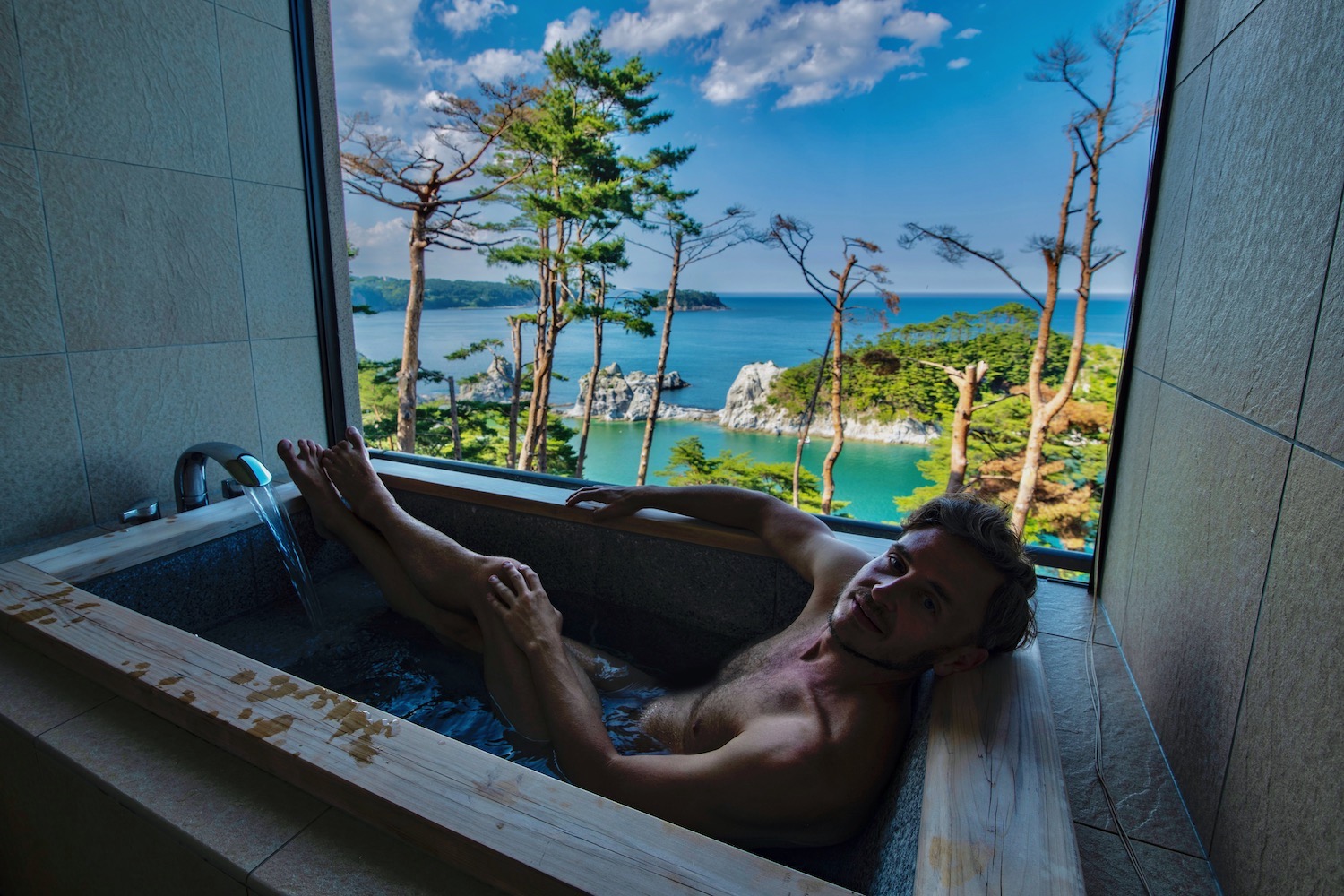
Even before the 2011 wave, the tsunami-hit Sanriku Coast was not one of Japan’s top destinations. Sadly, it remains under-promoted and rarely visited, even among Japanese travelers. I recommend renting a car in Morioka and driving the whole thing for a few days, from scenic Jodogahama beach, to the interesting steel city of Kamaishi, to the humbling Iwate Tsunami Memorial Museum and Miracle Pine.
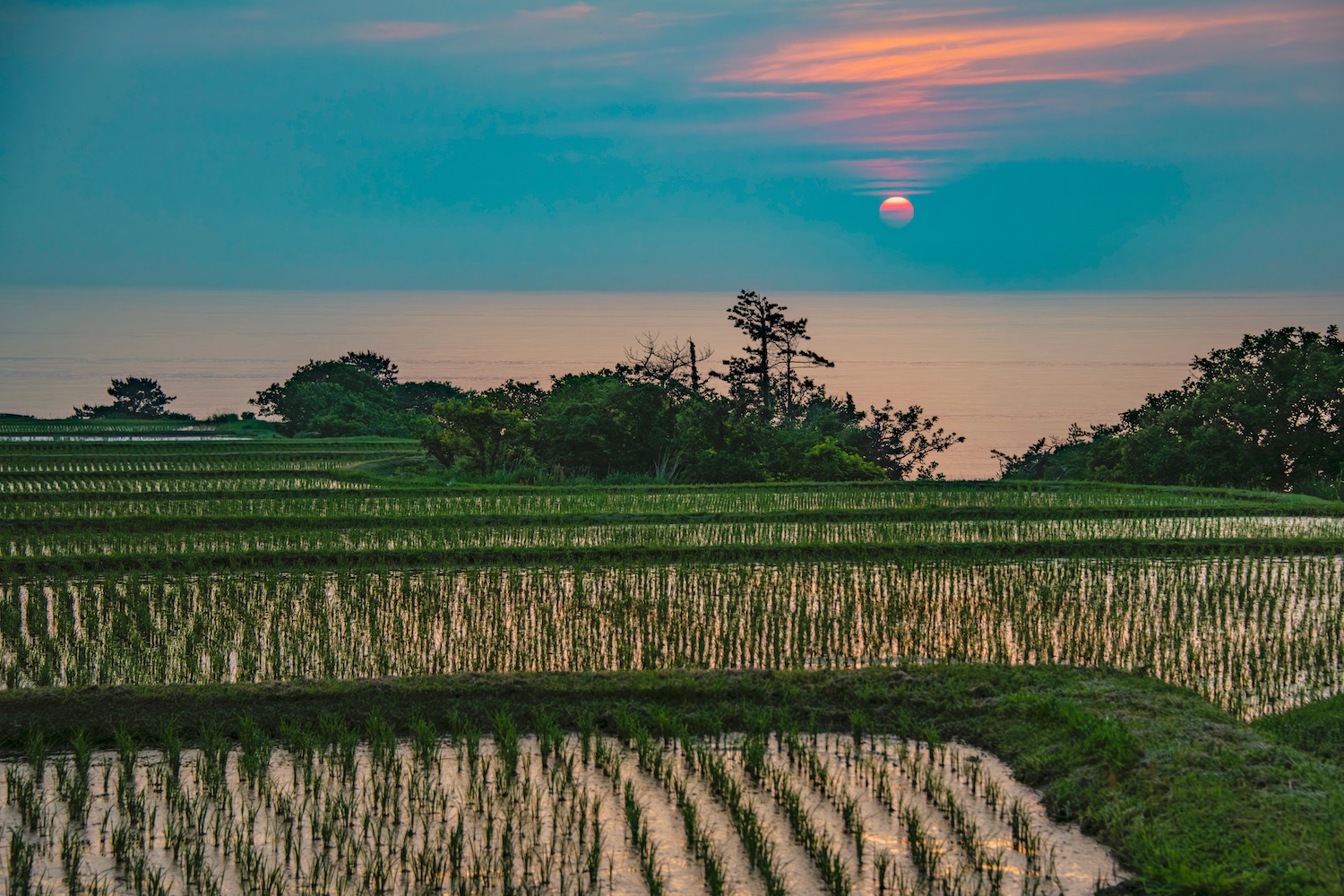
TIP: The “other coast” of the Tohoku region—i.e. the Sea of Japan side—is also an absolute treasure land. I especially love Sado Island in Niigata prefecture and the city of Sakata in Yamagata, though your mileage may vary.
Mie prefecture

Another place to experience Japan off the beaten track is Mie, which can be reached from the major city of Nagoya in as little as an hour, depending upon where you go. This is a small prefecture, but big on options, whether you walk down a Samurai street and eat wa-gyu beef in Matsusaka, visit Japan’s most important shrine in Ise or observe the ancient ama pearl diving tradition in scenic Toba on the Shima Peninsula.
The San’in region
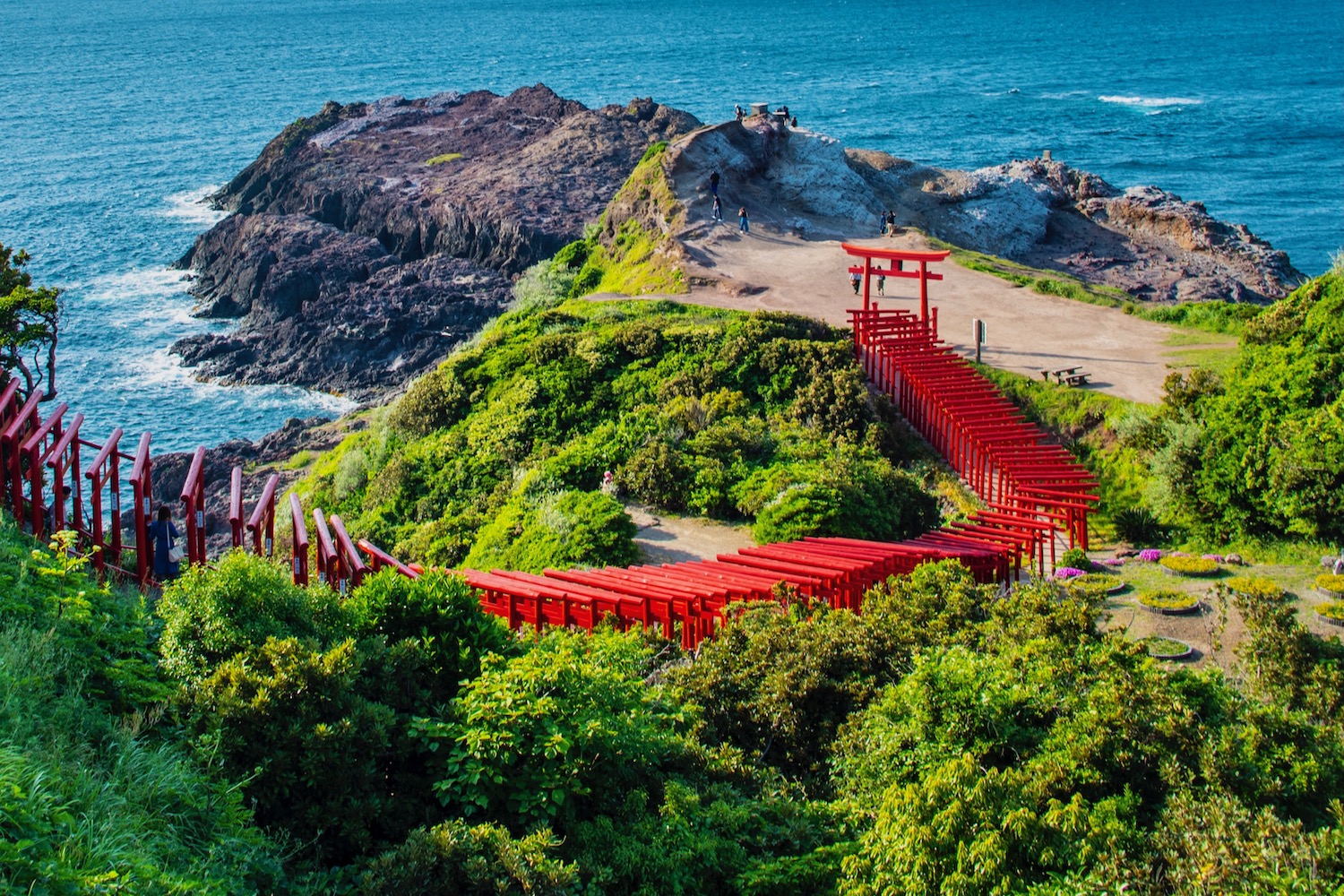
I first visited San’in many years ago—and it’s never stopped enchanting me. The northern coast and mountains of Japan’s far-western Chugoku area, San’in remains undiscovered in part because the Shinkansen doesn’t go there. This means that whether you go back in time at Matsue Castle, head out to sea in the Oki Islands, take an eclectic road trip through Yamaguchi prefecture or ride a camel over the mysterious Tottori Sand Dunes, you’ll feel like San’in belongs to you.
Shikoku island
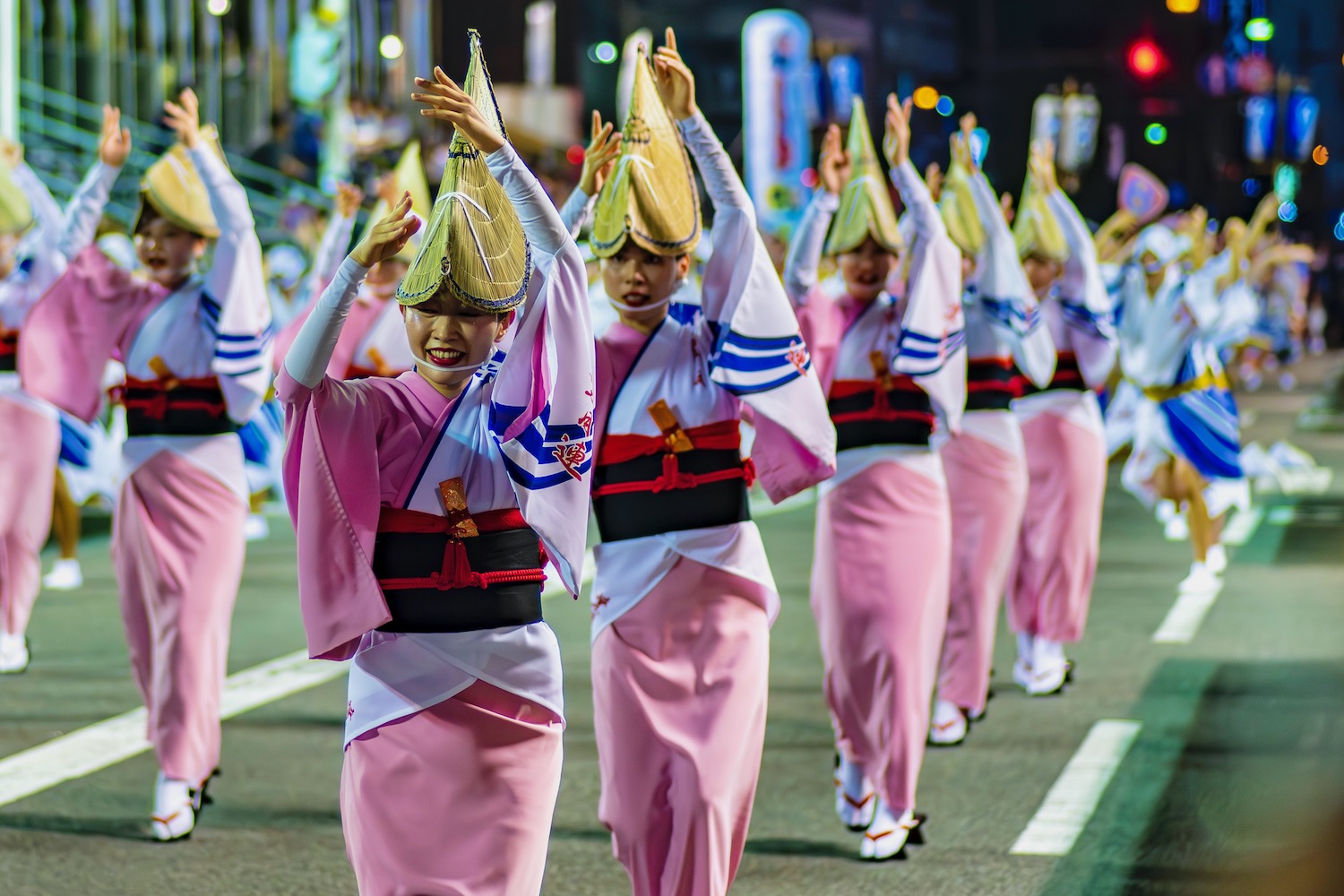
Of all the country’s four main islands, Shikoku is definitely the one that most qualifies as off the beaten path Japan. Like San’in, it lacks a bullet train connection, and only has one rail bridge period. In addition to natural beauty like the Iya Valley and Naruto Whirlpools, Shikoku is home to a whopping four of Japan’s 12 remaining “original” castles, as well as the annual Awa Odori Festival, often regarded as Japan’s best summer matsuri.
Okinawa (besides the main island)
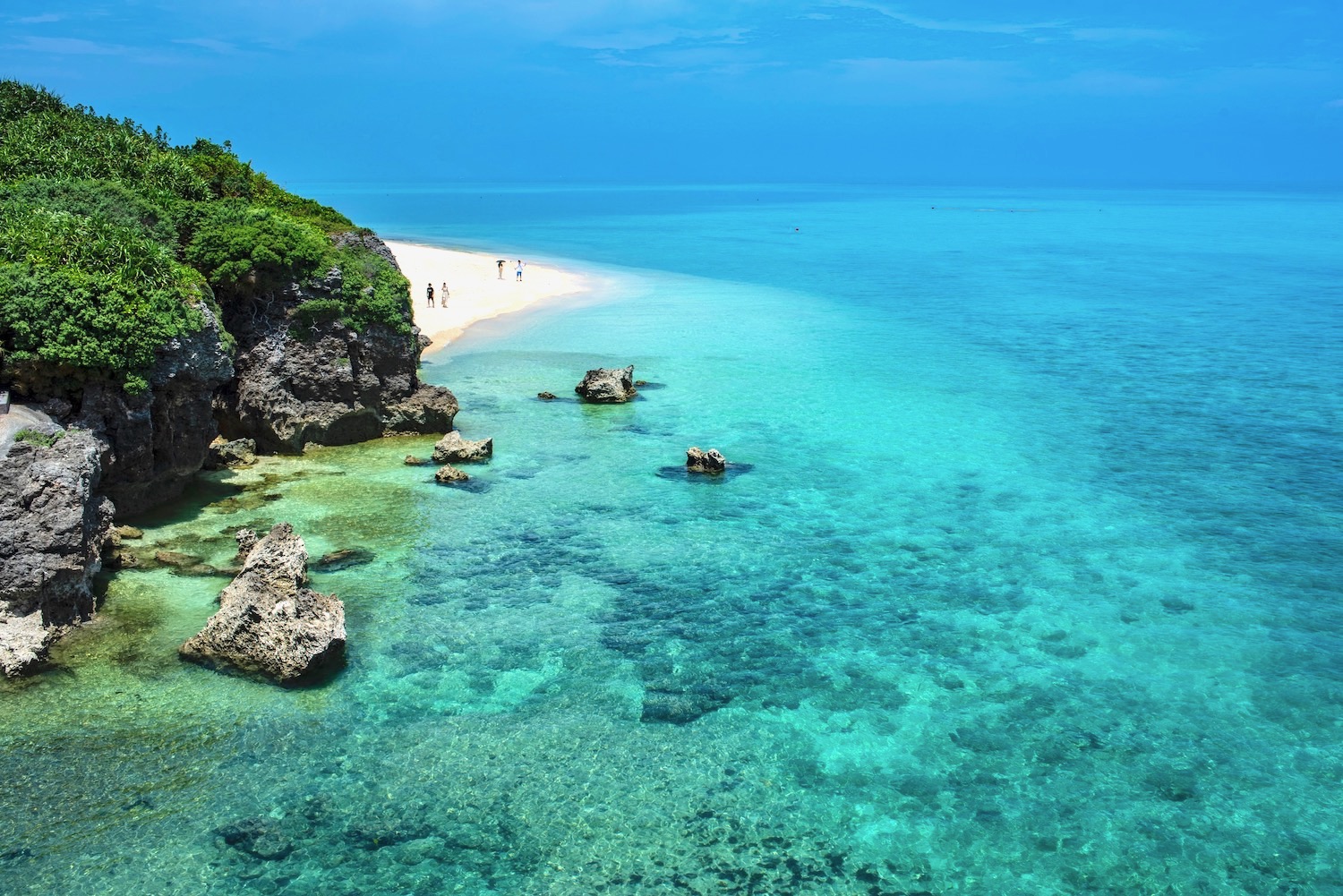
Whether because of Japanese tourists or American military personnel, Naha City and the entire main island of Okinawa are as close to Japan’s tourist trail as a place so far away can get. You can’t say the same, however, for outlying islands like Ishigaki (home to Kabira Bay, which many people consider Japan’s best beach), and Miyakojima, which is just generally paradisiacal.
Other Ways to Get Off Japan’s Beaten Path
Seeing the “real Japan” isn’t necessarily about which destination you choose. Here are some other ways to go about this:
- Visit during the “off season.” This can mean heading to areas known for skiing (but in summer), or going to the beaches of Okinawa’s busy main island in winter or spring. Or, simply coming to Japan in “shoulder” months like May and September.
- Stay the night in a destination most people visit on a day trip, such as Nikko (from Tokyo) or Nara (from Kyoto). You’ll be surprised by how much they clear out at night!
- Consider renting a car, which can unlock quieter places near busy ones. For instance, the villages of Ainokura and Suganuma feel a world away from Shirakawa-go, which can seem like Disneyland.

Other FAQ About Discovering Japan off the Beaten Path
Where should I go in Japan to avoid tourists?
Some of my favorite off the beaten path destinations include the San’in region, the Sanriku Coast and Shikoku island. However, even if you can’t travel far away from Japan’s tourist trail, visiting Japan during less busy months is one way to make a tourist trap feel like a hidden gem.
What is the tourist trail in Japan?
Most people consider Japan’s tourist trail to encompass Tokyo, Osaka, Kyoto and Hiroshima, and destinations near them such as Mt. Fuji, Hakone, Nara, Himeji and Miyajima island. However, as Japan grows more popular, other destinations feel less like hidden treasures, and more like established tourist destinations.
What month has the least tourists in Japan?
The months of May (at least after the domestic “Golden Week” holiday) and September tend to be the least busy months in Japan as a whole. However, there is some regional variation. The winter months tend to be pretty dead off the ski slopes, while summer feels less crowded in sub-tropical Kyushu and Okinawa.
The Bottom Line
Want to explore Japan off the beaten path? You’re in the right place. From obscure regions like San’in and Sanriku, to prefectures like Mie that are hiding in plain sight, to outlying islands like Shikoku and the Okinawa archipelago, plenty of destinations in Japan are impervious to the “overtourism” that the media never shuts up about. And thankfully, most are easy to access—so long as you have patience, a sense of humor and either basic Japanese language skills or a smile that makes people want to try speaking English. Need personalized help discovering hidden gems in Japan? Commission a custom Japan itinerary today!






